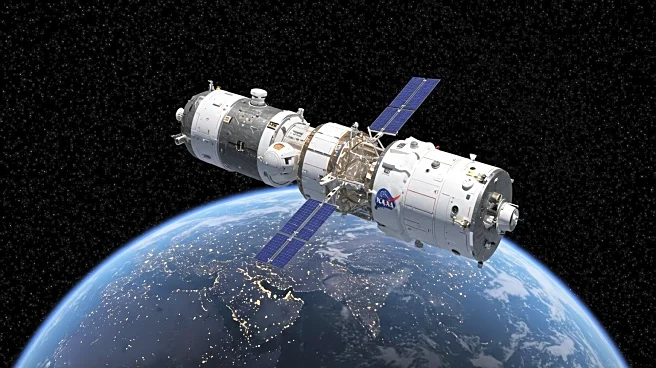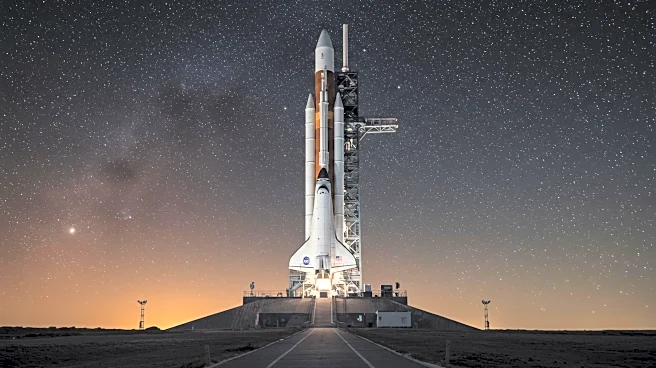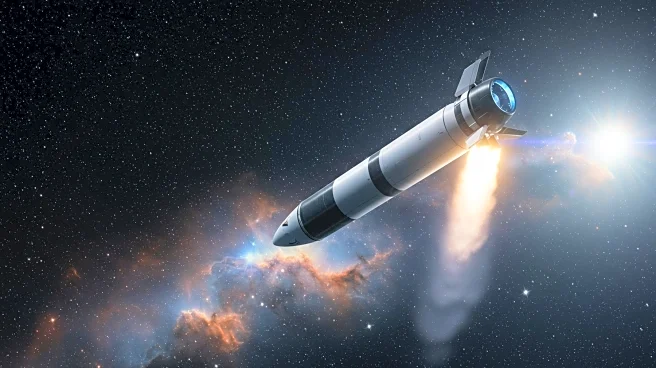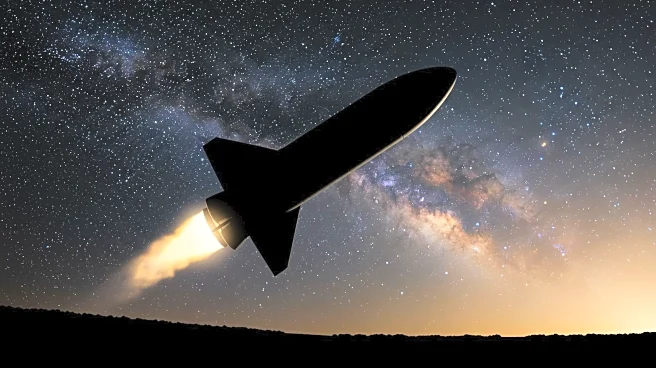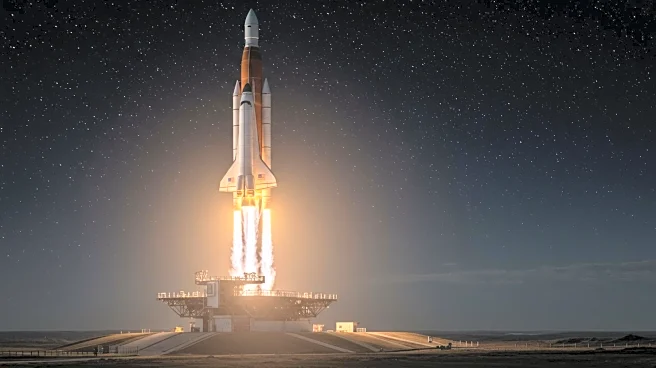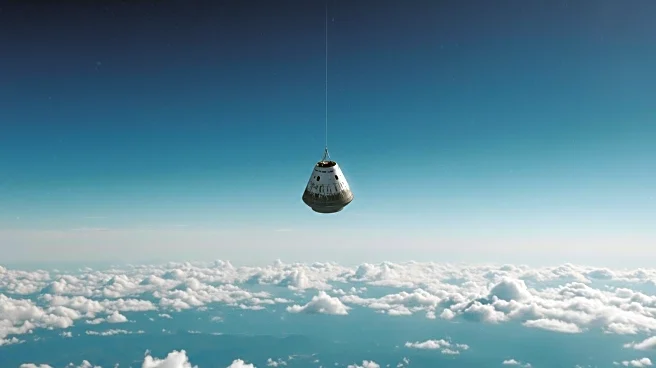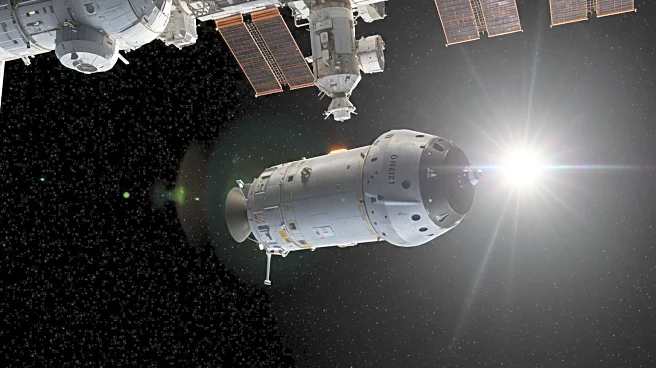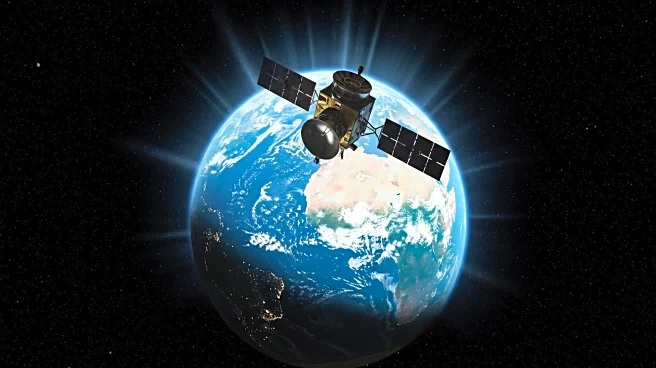What's Happening?
NASA is advancing its space exploration capabilities by focusing on the development of orbital transfer vehicles (OTVs) to access challenging orbits. This initiative is supported by collaborations with companies such as Blue Origin and Impulse Space. NASA has awarded $1.4 million to six companies to improve spacecraft movement capabilities, aiming to expand the possibilities of space exploration. Blue Origin is leveraging its Blue Ring platform and adapting the New Glenn rocket to support NASA's vision for diverse space missions. The New Glenn rocket, known for its high payload capacity and reusability, is being explored for its potential as a versatile component in OTV strategies. This adaptability is crucial for reducing mission costs and expanding applications in science and defense, aligning with NASA's goals of increasing mission accessibility and efficiency.
Why It's Important?
The collaboration between NASA and private companies like Blue Origin represents a significant step in the evolution of space exploration. By enhancing payload delivery capabilities, these partnerships are setting new benchmarks in mission adaptability and efficiency. This initiative could lead to more cost-effective and rapid deployment of payloads across various orbits, benefiting mission logistics and potentially revolutionizing how space missions are conducted. The focus on commercial innovation and technological advancements is crucial for pushing the boundaries of what is possible in space exploration, potentially leading to new scientific discoveries and advancements in space technology.
What's Next?
As part of the Venture-Class Acquisition of Dedicated and Rideshare Launch Services (VADR) contract, Blue Origin's studies are expected to uncover new practical avenues for space mobility. This could lead to a future where payloads can be delivered rapidly and reliably to a multitude of orbits with minimal new infrastructure requirements. The ongoing research and development efforts will likely continue to explore how these vehicles can facilitate rapid and adaptable orbit transfers, which could profoundly benefit mission logistics and expand the scope of space exploration.



